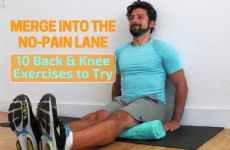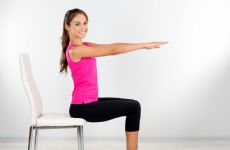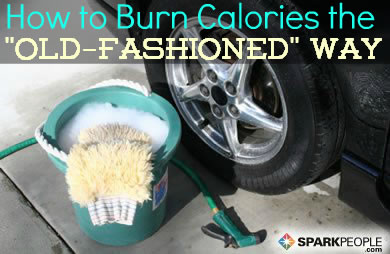|
It happened again: You bent down to pick something up and your body yelled, "Nope, not happening." "Why is this so difficult?" you ask yourself. "Why won't my knees bend enough? Why does this simple movement trigger a stiff feeling in my back?" There's no denying that your ease of movement is just not what it used to be. Your body is starting to tell you your joints need mobility. It's common to think you should stretch what feels tight, but sometimes the muscle that is tight is also weak. This tightness you feel could be your brain's way of protecting your muscles from instability. The motor neurons feeding your muscles sense excess tension and tell the muscle to relax. However, if this feedback loop in the nervous system continues over time, your muscles could become weak. Stretch after waking up stiff, for example, and you could be starting a cycle of constantly stretching, feeling looser momentarily and then having to repeat on a daily basis. Imagine a rubber band that is fully stretched. The band is super tight, yes, but only because it is lengthened, not because it is short. The same scenario happens with your muscles. While it may come as a surprise, stretching is not always the solution to improve mobility. As it turns out, addressing alignment should be your first step toward improving mobility. Your core alignment and strength affect your hip mobility, while your spinal posture influences shoulder mobility. To demonstrate, try sitting up really tall, then raise your arm as high as you can. Now, slouch and hunch over. Try to raise your arm again. Chances are, you probably can't lift your arm as high or as comfortably because proper alignment, especially in the spine, sets the foundation for mobile joints. According to the joint-by-joint approach made popular by the renowned physical therapist, Gray Cook, mobility in the hip, mid-spine and shoulder is critical to moving freely. If your joints are feeling tight or if you suffer from low mobility due to disability or weight, adding movement can help to add circulation to those areas that feel tight. Next time you're feeling stiff as a board, skip the stretch and try this AMRAP workout to build strength and burn calories—all without ever having to get down on the floor. What Can You Do in 25 Minutes?AMRAP stands for "As Many Rounds as Possible." In an AMRAP workout, you set a timer for a specific amount of time, then do as many rounds as possible in that time frame. It's a great way to increase the intensity of a workout without extending the duration. While the workout is intended to keep the heart rate up with no built-in rest time, be sure to take breaks at any point during the workout if you feel strained or out of breath. To begin this workout, set a timer for 25 minutes. Complete the exercises in the order listed below, one time through. Once you've completed all seven, you've completed one round. Keep track of how many rounds you're able to complete, then repeat the workout on another day to see if you can complete more rounds in the same amount of time. Wall Pushups 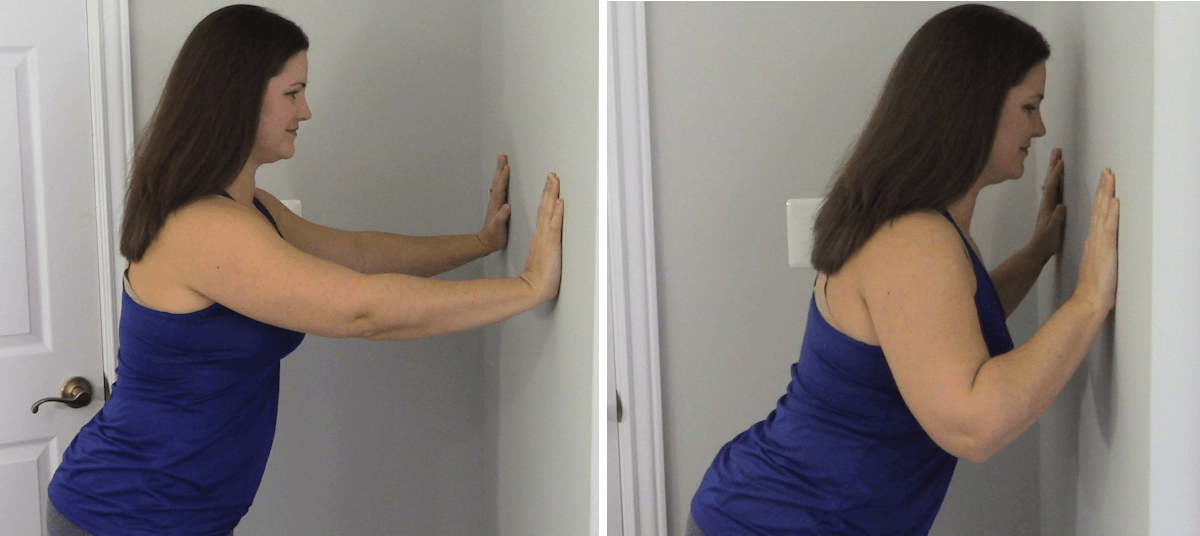 Wall pushups are a great alternative to traditional pushups on the ground, and you will still be working to strengthen the arms and shoulders.
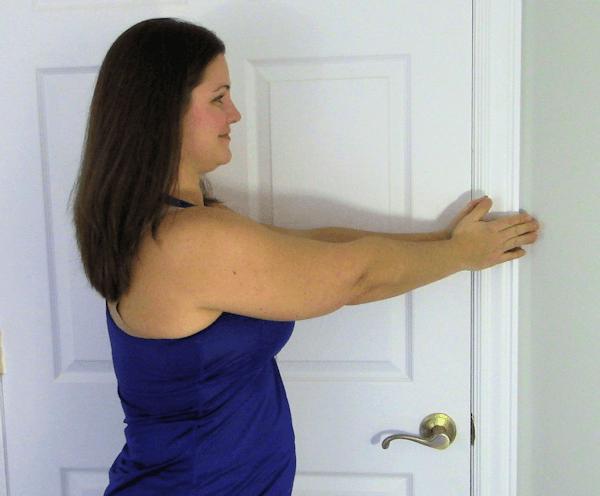 Although this appears to be an arm exercise, it actually targets the muscles in the core.
 Toe taps add a cardio element into the workout, while also strengthening the hip muscles.
 Set up with your toes turned slightly out to the sides. This allows your hips to open for more range of motion.
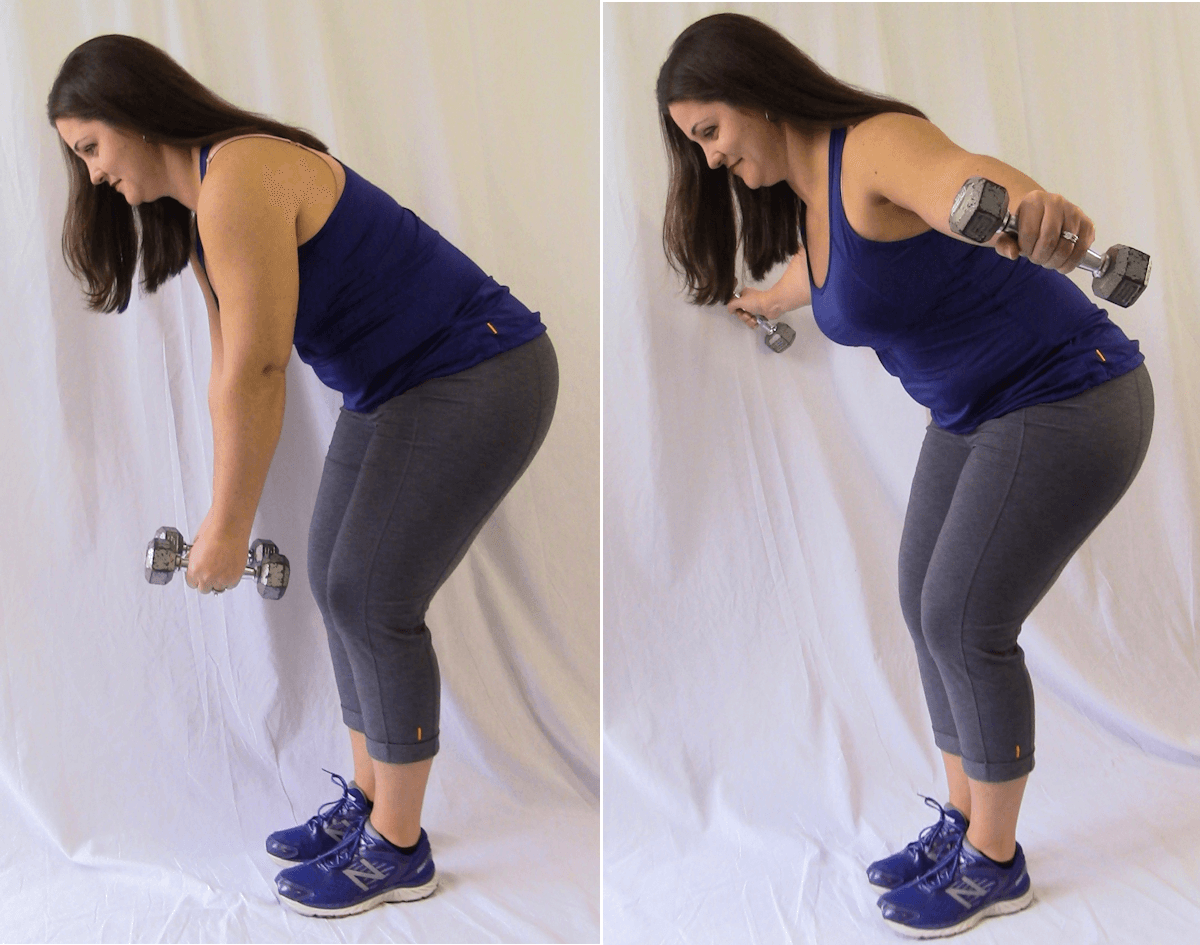 The reverse fly is excellent for targeting upper-back muscles that get weak from poor posture.
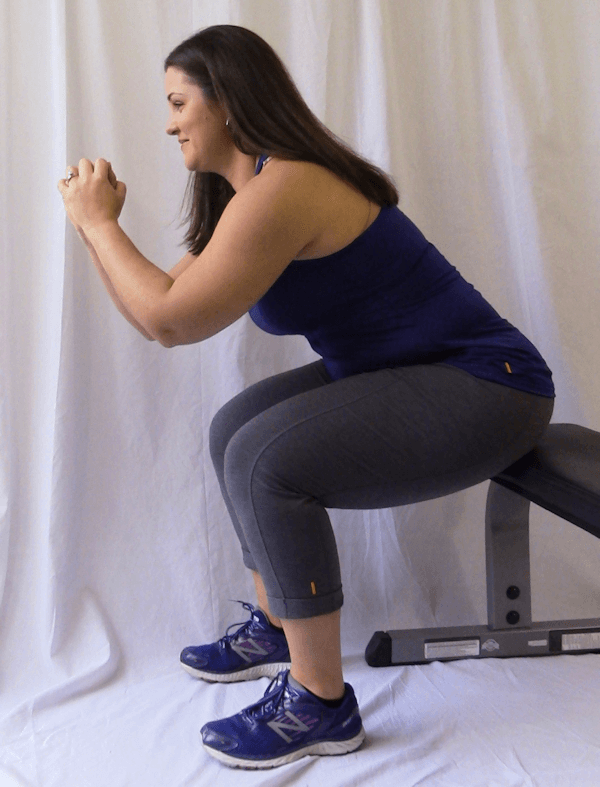 Using a target for squats is a great way to gauge progress in strength and mobility. The lower your target, the more intense the exercise.
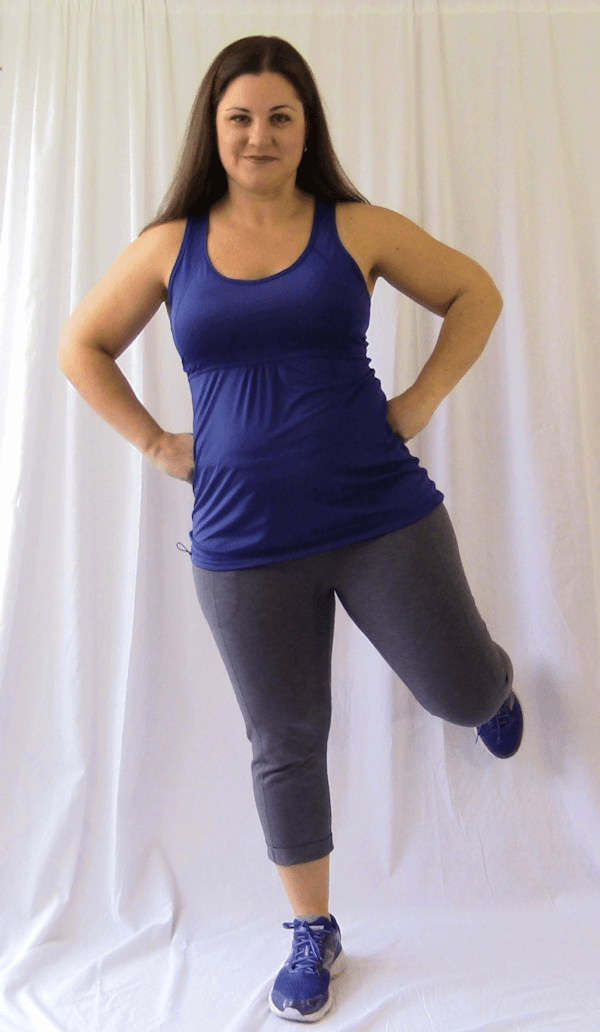 Hamstring curls strengthen the back of your thighs and keep your heart rate up.
|
Popular EntriesRelated Entries
More From SparkPeople |






